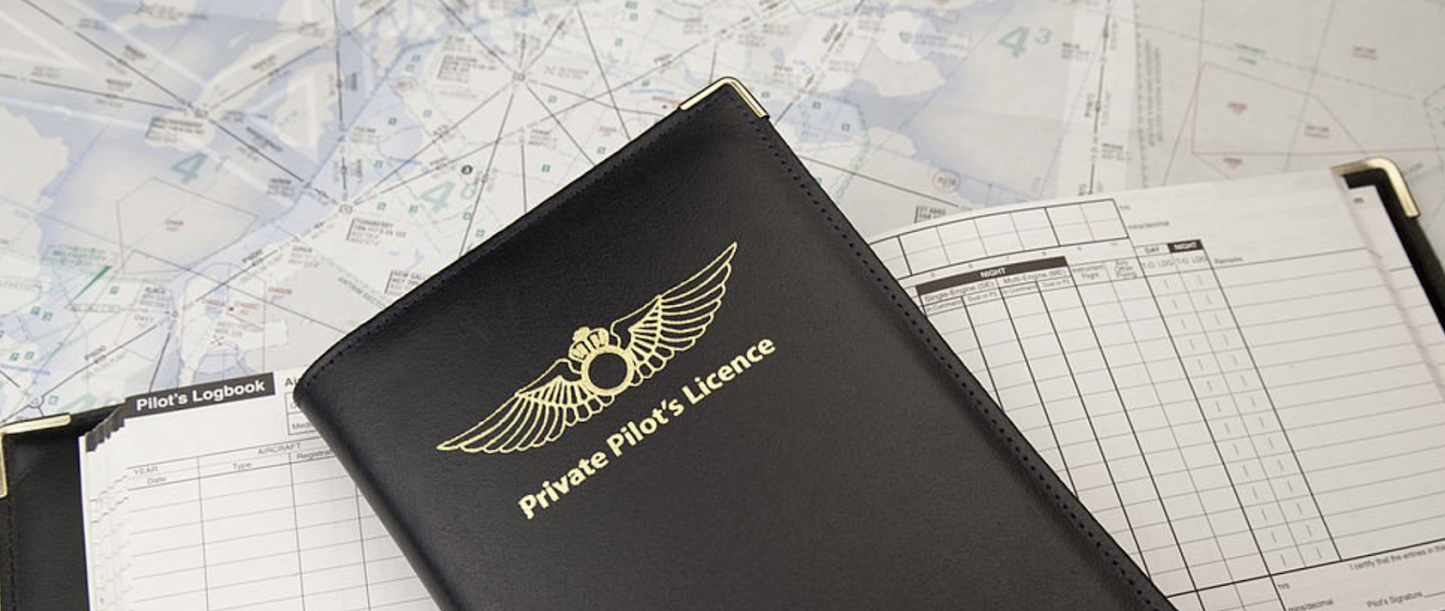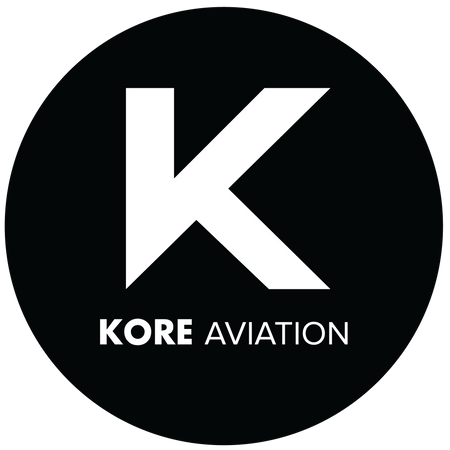
Those who pursue the aviation career need to get a private pilot license as their first step. However, getting this license isn’t an easy task, as students need to meet the requirements, complete the tests, and follow the regulations.
If you are seeking a guide that can help you to learn about getting the private pilot license, you are in the right place. This guide will explain how to get a private pilot license, how much it costs, and how long the training takes.
What is a private pilot license (PPL)?
A private pilot license is a license that allows pilots to legally fly an aircraft for private operations. With this license, you can be a pilot in command of an aircraft or be a co-pilot in a non-commercial operation.
A private pilot license can be obtained to be able to fly many aircraft types, such as helicopters, airplanes, gyroplanes, airships, and more. You may need to get a separate private pilot license again to fly each type.
In the U.S., private pilot licenses are issued by the Federal Aviation Administration (FAA). As such, you need to comply with their regulations in order to get a private pilot license in any of the United States flight schools.
The Step-by-Step Guide on How to Get a Private Pilot License
There are many steps you need to take in order to get private pilot license in the U.S. Follow these steps as you pursue your private pilot license:
Step 1: Meet Basic Requirements
The Federal Aviation Administration has stated that you must be at least 17 years old to get a private pilot license. However, there are other basic requirements that one must comply with many regulations, such as:
- Being able to write, speak, and read English at a certain level of proficiency. This is important for non-U.S. citizens that seek a private pilot training course in the United States.
- Obtain an FAA medical certificate, especially a third-class certificate. This is for non-commercial flying operations, which suits PPL.
- Obtain a student pilot certificate as a prerequisite for solo flight. Apply at the FAA's online portal, more precisely at Integrated Airman Certification and Rating Application (IACRA).
There are again other requirements other than those, but they will be explained in the other steps below.
Step 2: Complete Ground School Training
You will need to pass the FAA written knowledge test later. In order to pass this, you have to take a ground school training, which can be done either online or in-person in a class.
This school training aims to teach you aviation knowledge and ensures you know essential concepts such as:
- Aerodynamics & aircraft systems
- Navigation and airspace regulations
- Aviation weather and communication
- Safety procedures and flight planning
..and many more.
Step 3: Enroll in a Flight School or Find a Certified Flight Instructor
Once your ground school is underway or completed, it’s time to start flight training. Being able to fly an aircraft requires honed expertise, therefore, you need to train your aviation skills. Flight school or finding a certified flight instructor is a good way to start somewhere.
Enroll in a flight school or find a certified flight instructor who can:
- Provide access to training aircraft and simulators
- Supervise your progress
- Endorse your solo flights and exams
Once you get yourself a flight school or a flight instructor, the flight training can begin. How long it takes to complete a flight training depends on the aircraft types, the weather conditions, and other needs.
Step 4: Log Required Flight Hours
At some point in the flight training, you will receive logbook endorsement from your flight instructors. This endorsement ensures that you have already received enough training to be able to do a solo flight and further tests.
Logbook endorsement is also a part of the requirements for getting a private pilot license, which requires you to have logged at least 40 hours of flight. These hours of logged flight include:
- 20 hours of flight done from training.
- 10 hours of solo flight. You need 5 hours of cross-country and 1 solo cross-country with a 150 nautical miles record.
- 3 hours of night flight with 1 cross-country flight with 100 nautical miles.
- 3 hours of flight training for instrument training.
- 3 hours of flight with an instructor as preparation for a later test.
Step 5: Pass the Written Knowledge Test
Once completing ground school training and getting enough aeronautical experience, it’s time to pass the FAA airman knowledge test. To pass this knowledge test, you have to get a score of at least 70 percent.
Step 6: Pass the Checkride (Practical Test)
The last requirement to get a private pilot license is to pass the FAA practical test, known as a checkride. This is equivalent to passing a driving exam, except that you fly an aircraft.
It includes:
- An oral exam to assess your theoretical knowledge
- A flight test to evaluate your piloting skills
During the test, your flying performance will be examined by an FAA-assigned observer. Passing this practical test, and the private pilot license officially belongs to you as a now-certified private pilot—congratulations!
How Much Does it Cost to Get a Private Pilot License?
The total costs may vary depending on the flight school you take, the location, the type of aircraft, the rented equipment and aircraft, and so on. It is estimated that you need $12,000 to more than $20,000 to get this license, depending on factors like:
- Flight school location
- Aircraft type
- Instructor fees
- Equipment rental
- Ground school and exam fees
Discover More How to Become a Pilot: Costs, TSA, and Hours of Flight Training
How Long Does it Take to Get a Private Pilot License?
Generally, it may take from 4 to 6 months to finish all those steps explained above to get a private pilot license. However, you can fasten this by doing a full-time training, which can make the whole process take just 2–3 months.
Tips to Succeed in Getting a Private Pilot License
Now that you know about how to get a private pilot license, you may also be wondering how to achieve it successfully. Let’s hear some tips to help you to get your license:
- Never be scared to ask questions of your flight instructors, as you will need all the knowledge you need to pass many tests—no question is too small.
- Exercise both simulator training and real flight training regularly to hone your flight skills.
- Listen to feedback and criticism to improve your expertise and take notes on what to improve, improve consistently.
- Invest in quality pilot equipment for noise reduction and comfort during your training flights.
During your flight training, you also need to equip yourself with the best pilot equipment, such as premium headsets yet affordable headset from Kore Aviation. Our headsets can help improve your flight training, thanks to the noise reduction, premium comfort materials with affordable prices!
Final Thoughts
Getting a private pilot license is a rewarding journey that opens the sky for private flying adventures. With dedication, proper training, and the right gear like Kore Aviation headsets, you’ll be well on your way to becoming a certified private pilot.
